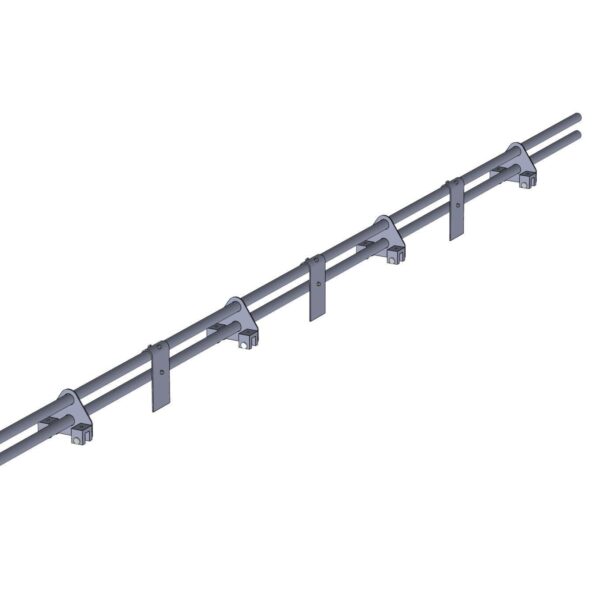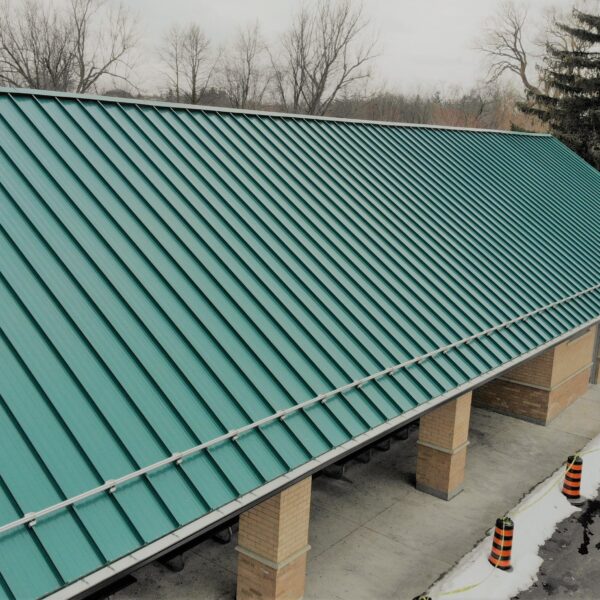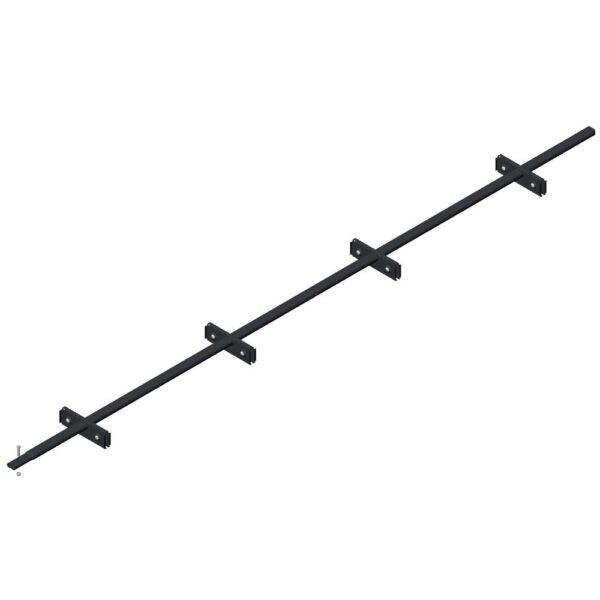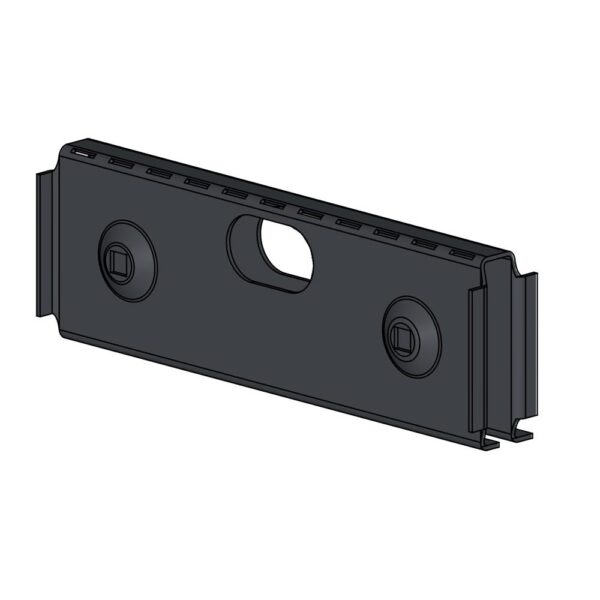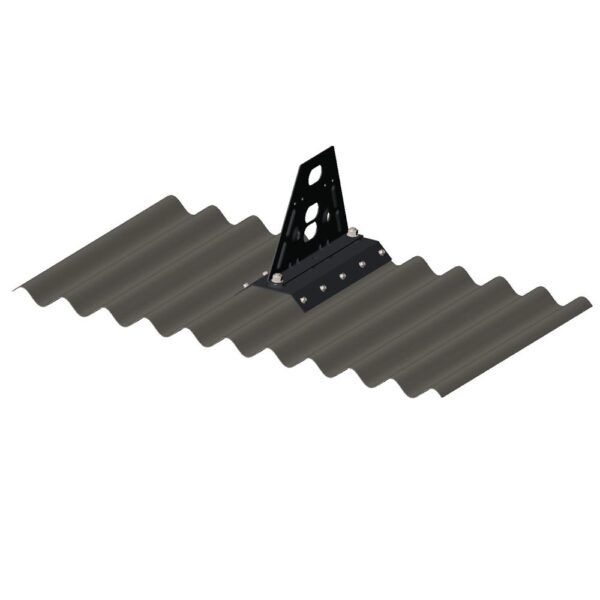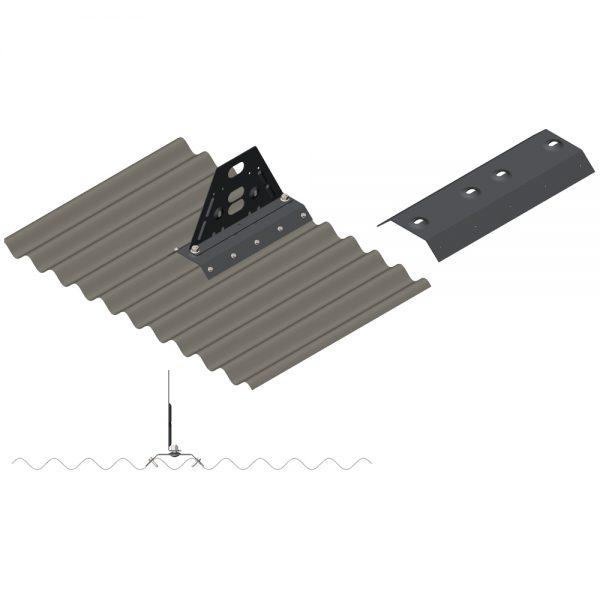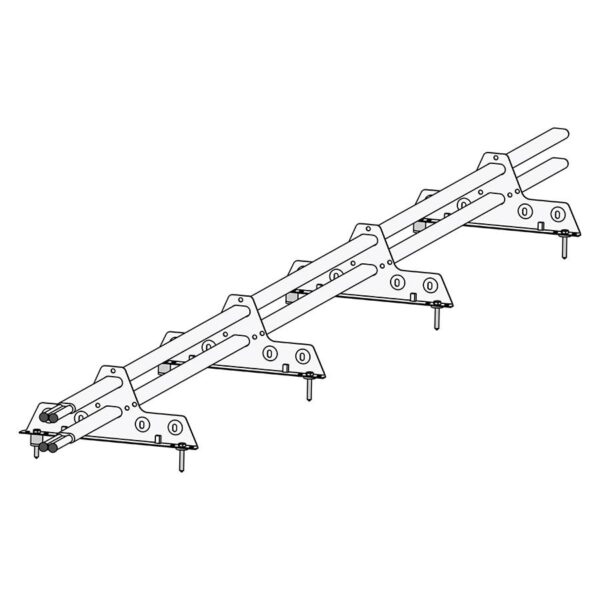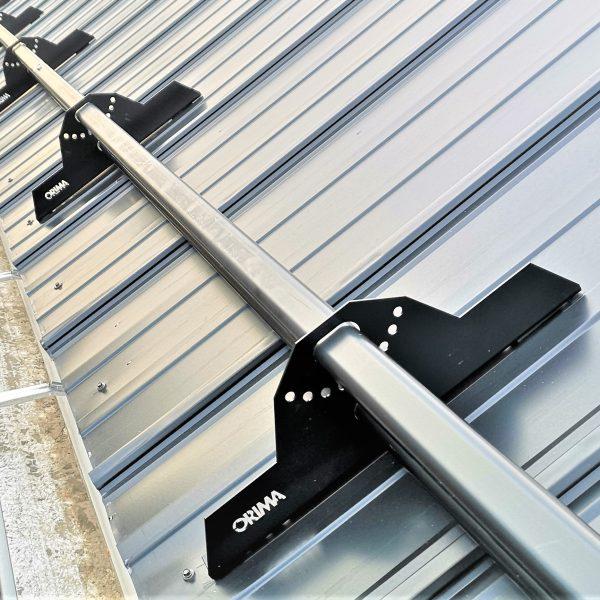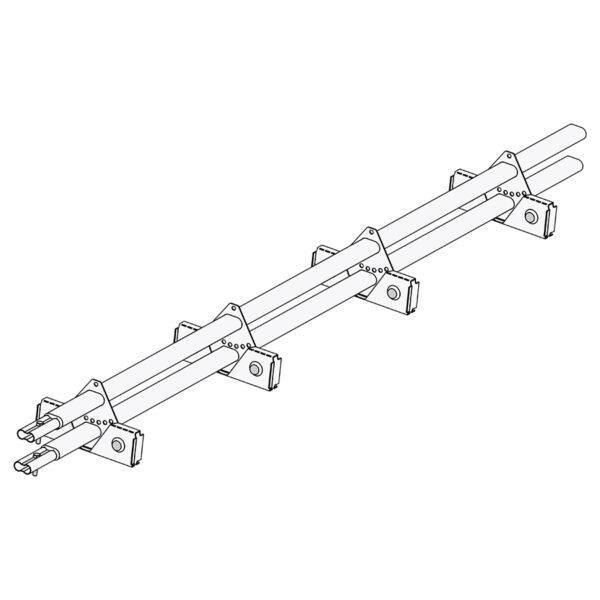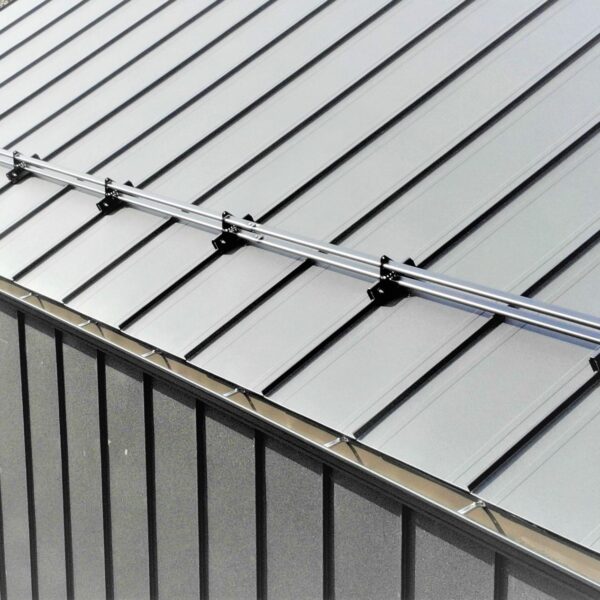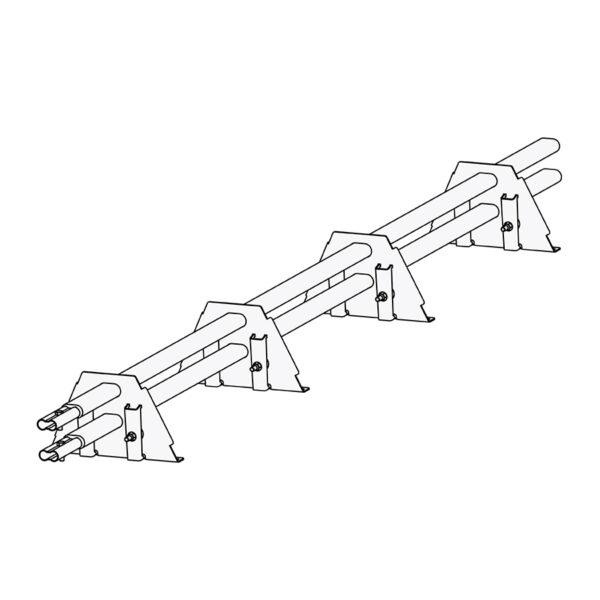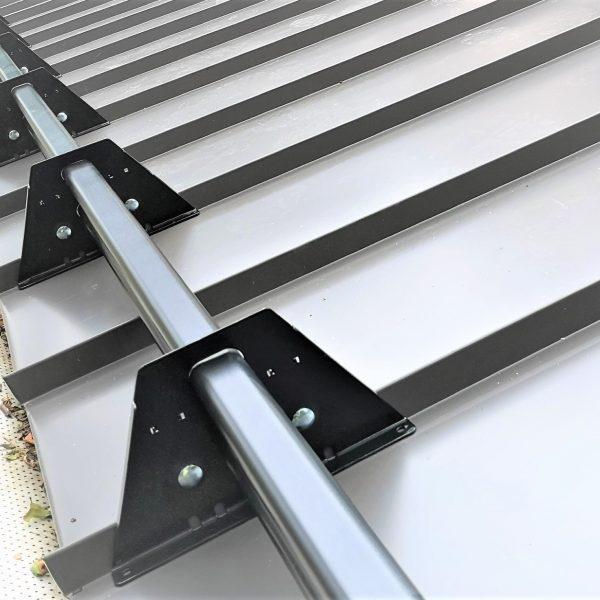Snow guards are one of the essential elements of roof safety of a residential or commercial building in a region with snowy winters. The main function of snow guards is to slow down the sliding and thus protect everything that is near or under the metal roof overhang. After all, avalanche snow is dangerous not only for property and people, it even damages the roofing and distorts the entire rafter system. It is more beneficial for the building if the snow remains on the roof until it melts: it is an excellent sound and thermal insulation of the house.
But which snow guard is better and for which roof? Now let’s dig into this question.
The roofing market offers customers polycarbonate or plastic snow guard products, the price of which is much lower than traditional metal ones. The quality of products made of this light, clear and transparent material resembles plexiglass: the same impact, frost and scratch resistance. The main value of plastic snow guards is that they are the only ones that can be attached to the roof with strong adhesive and without making holes and damage to the roof covering.
In addition, such snow guard is sometimes the only possible technical solution. The whole difficulty lies in the fact that a polycarbonate roof is quite light, with a wide lathing step. This is not surprising, because polycarbonate itself is a very light material. Fixing snow guards directly to it is impossible, because these elements can only be mounted in a crate, and there is almost none of it anyway, moreover it was adjusted to the standard sizes of polycarbonate sheets.
Therefore, if you need to install snow guards on the sturdy polycarbonate roof of a gazebo or workshop, you are going to have a hard time doing that. And there is no better product to buy for the polycarbonate roof: snow guards are made of the same material and color, they fit the overall design and they can also be attached to anything with the adhesive glue. With polycarbonate roof it is not worth doing in another way: it is wrong to drill polycarbonate with another tool, and then insert a self-tapping screw into it, because such connection would not last.
That is why it is much easier to fix transparent snow guards to the surface base with the glue and forget about the problem altogether. Now it is clear why so many customers opt for these safety low-price items.
There is a separate available option for other kinds of roofs: snow retention system for metal roofs (snow guards for standing seam, metal tiles, corrugated metal roofing) and snow guards for shingle roof.
Manufacturers of metal roofs recommend tubular snow guards for all kinds of roofs. In the long run this category of snow retention system will save many snow and ice related troubles and damage to the property. Unlike plastic snow guards , tubular retention systems demonstrate excellent carrying capacity. What is more, they do not allow too much snow to accumulate on the roof. What they do is let the snow slide gradually instead of avalanching catastrophically onto anything the snow finds on its way.
Other long-term benefits of using of using tubular snow guards include:
- Durability of the structure. Tubular snow guards are made of galvanized steel, a material that can withstand heavy loads and aggressive environments, and the paint has an anti-corrosion function. Products made of galvanized steel have a long service life and extended warranty;
- Versatility. Installed on any type of roof (metal, corrugated, shingles) and in regions with varying degrees of snow load;
- Suitable for steep rooftops. The tubular snow guard is capable of withstanding large volumes of snow, therefore, it is most often installed on roofs with a large slope angle (up to 60 °). If the angle of the slope is greater, then there is no need to install a snow retention system, since on such roofs the snow does not linger and safely slides down on its own;
- Aesthetics. Despite all its quality characteristics, the effective tubular snow guard has its own aesthetic appeal, since it fits perfectly into the overall design of the roof and façade. The color of the tubular snow retainer can be matched to any covering;
- They are capable of performing the function of a safety fence. The fence simplifies access during work, as well as ensuring the smooth functioning of the drain system.
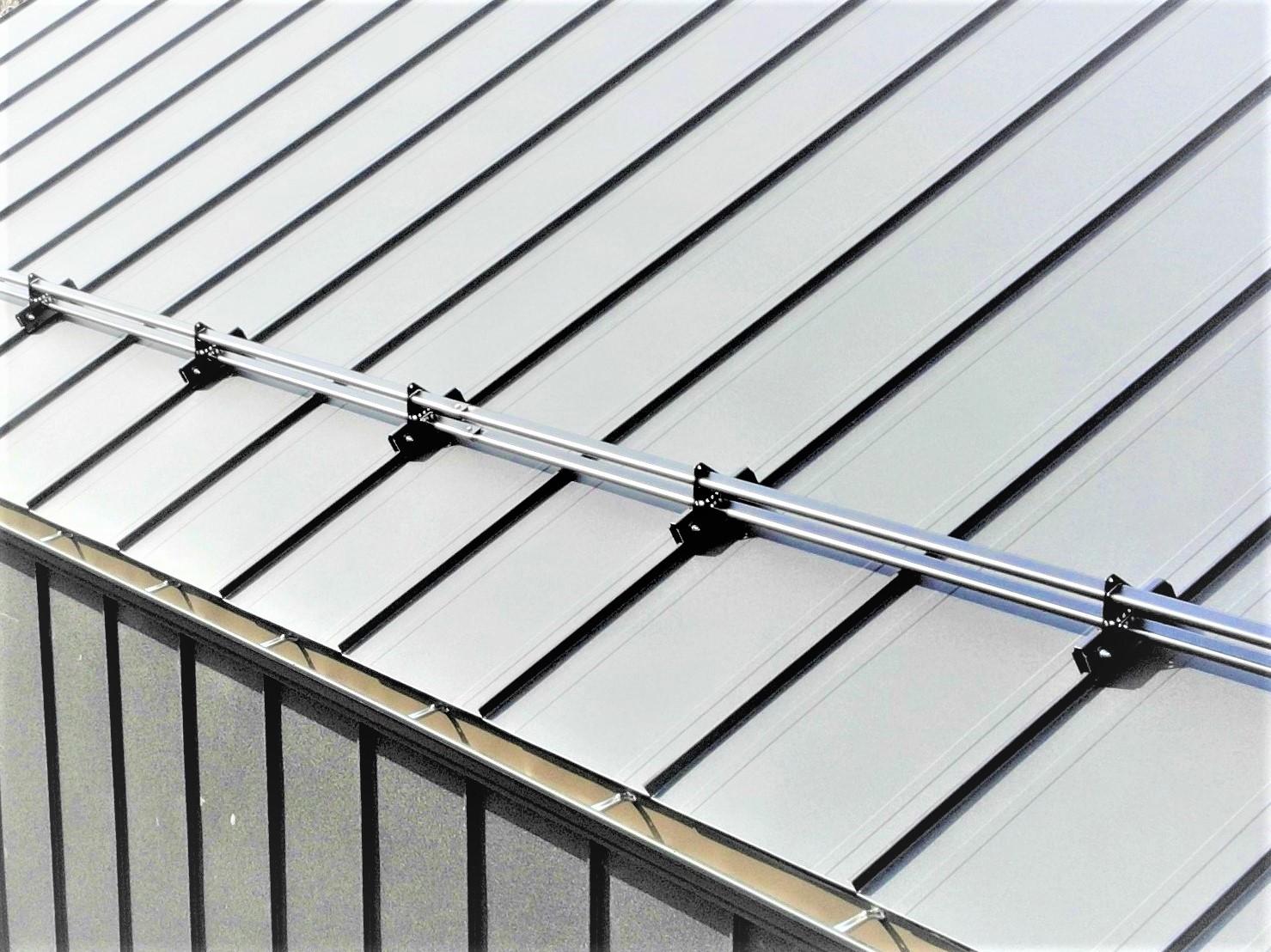
Plastic snow guards, which is right for your roof?
To answer this question, you need to know at least how much snow load this or that support can hold. After all, plastic snow product may well serve for quite a long time on roofs with small slopes and low snow load, but they definitely should not be installed on a large rooftop, since the very first snowy winter will rip such devices off.
Do Plastic Snow Guards Work?
As we have said above, plastic snow guards are not the most reliable option. They were designed to create “point” protection around individual sections of the rooftop. But because plastic snow guards are not strong and are intended for light load, it is recommended to install them in at least 15 pieces per foot of roof base, in a checkerboard pattern.
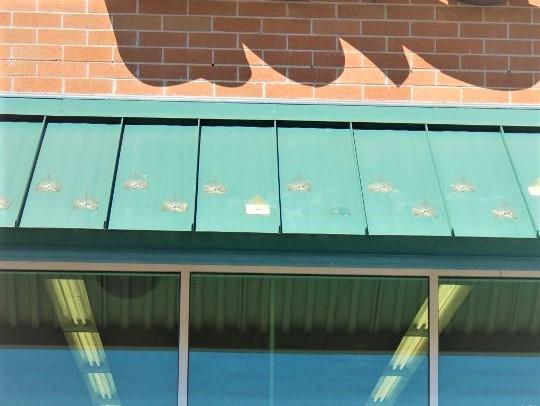
How Can You Reduce the Risk of a Rooftop Avalanche?
To prevent the avalanche it is recommended to resort to universal snow holders that cope with a large amount of precipitation. The best solution would be a robust tubular snow guard. It is also one of the most popular and reliable snow retention systems.

